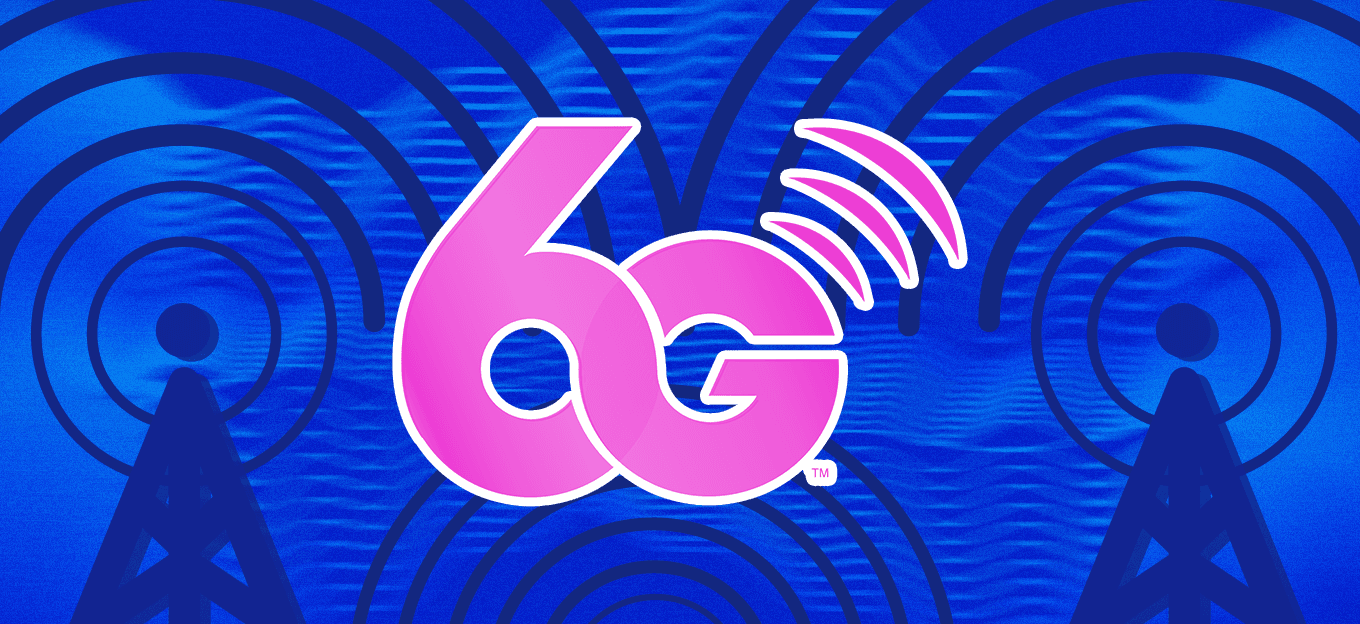Cellular IoT: Is There An Inflection Point Around the Corner?
Cellular IoT: Is There An Inflection Point Around the Corner?
- Last Updated: December 2, 2024
Telna
- Last Updated: December 2, 2024



In recent times, cellular module costs have fallen and new cellular standards have been agreed upon to cater for all types of devices within the IoT ecosystem. The GSMA, MNOs, and IoT systems integrators created a landscape capable of globally addressing both roaming and local connectivity requirements. The question therefore is no longer if, but when, cellular IoT achieves mass adoption relative to the scale of global IoT: can we predict an inflection point?
Cellular IoT will drive demand by playing a critical role in mitigating the negative impact experienced by businesses during the height of the coronavirus pandemic.
Growth in cellular IoT has been driven not only by increased efforts from MNOs to monetize the internet of things; but also by systems integrators. These comparatively smaller players have seen market growth of 73% during the same period, outflanking the MNO market (excluding China).
Historical Telco Trend Success Factors Mirrored in Cellular IoT
One avenue to predict cellular IoT’s inflection point is to consider the evolution of past successful telco technology trends. Closely examining trends in A2P messaging, cloud computing, and the rise of global MVNOs reveals several common factors.
A2P
A2P uses broad coverage and ubiquitous technology to enable the recipient to be reached at any time, from anywhere. Cellular IoT finds commonality with this success factor via the emergence of eSIM technology alongside broad roaming agreements.
A2P and Cloud Computing
Both A2P and cloud computing are trusted reliable services. These features are found both inherently within cellular technology and are enhanced by the GSMA’s eSIM specification. For example, it is mandated that players involved in SIM manufacturing, eSIM provisioning and subscription management are part of a certified scheme. This reduces the scope for tampering along the value chain and ensures interoperability between actors.
MVNO
MVNOs across the globe have emerged in response to demand for specialized services and minority demographics within a serving market. They are filling the space where MNOs have either been unwilling or unable to invest in catering for these segments.
The same can be said for cellular IoT, with the MNO market accompanied by over 40 global IoT systems integrators offering cellular connectivity with broad roaming agreements and eSIM support to provide services on a global level. Many of these systems integrators have evolved from pure connectivity players towards more comprehensive portfolios. This can be done either directly or in the form of partnerships, simplifying the overall IoT journey.
When Is Cellular IoT’s Inflection Point?
Many of the ingredients needed to catalyze the industry are already in place. Cellular IoT is reliable. Cellular IoT is secure. Specialist requirements can be catered to. Mechanisms have been established to achieve global coverage. However, some elements of the market have not yet fully matured. Examples of these include:
Widespread Flexibility to Support Global Deployments
While the GSMA’s eSIM specification ensures interoperability between actors, delivering the core functionality of the eSIM –the ability to change connectivity providers and eSIM platforms where required–is a complicated and technical challenge in many instances. Solutions such as exchange hubs can abstract this complexity, allowing for a relatively seamless approach to the eSIM concept. However, the technology applied here has not yet seen global adoption. This means that the full potential of eSIM for cellular IoT will be reached in the upcoming future.
Technology Choice
Further development for Low Power Wide Area Network (LPWAN) technology, including LTE-M and NB-IoT, must be undertaken. The hardware cost for these modules has undoubtedly fallen, although economies of scale have not been reached to lower prices. This is due to the slow infrastructure rollout development to support these networks, while LPWAN roaming agreements aren't yet global.
Presently, suppliers recommend adding a 2G radio alongside the LPWAN radio to ensure a fallback is provided in the absence of optimal network or roaming support. This challenge is rapidly being solved by the testing and commercialization of eSIM deployments for LPWAN. MNOs will undoubtedly look to advance countrywide and multi-operator support for these types of networks in the short- to medium-term.
Two to Three Years Away
Based on this analysis, it is estimated that cellular IoT’s inflection point is approximately 2-3 years away. Research from Kaleido Intelligence reveals that more mature M2M/IoT markets will likely see traction earlier, owing to extant service provider activity alongside relatively well-established business models and knowledge of the market.
It is highly likely that the Covid-19 pandemic will have a significant impact on both present and future cellular IoT deployments. Many service providers are reporting some downturn in demand in 2020, which has certainly been expected owing to supply chain bottlenecks and uncertainty surrounding immediate finances. However, it has now been established that cellular IoT can play a critical role in mitigating the negative impact experienced by businesses during the height of the pandemic. In turn, this will drive demand, beginning in 2021, and accelerating from 2022 onwards.
The Most Comprehensive IoT Newsletter for Enterprises
Showcasing the highest-quality content, resources, news, and insights from the world of the Internet of Things. Subscribe to remain informed and up-to-date.
New Podcast Episode

The State of Cybersecurity in IoT
Related Articles



